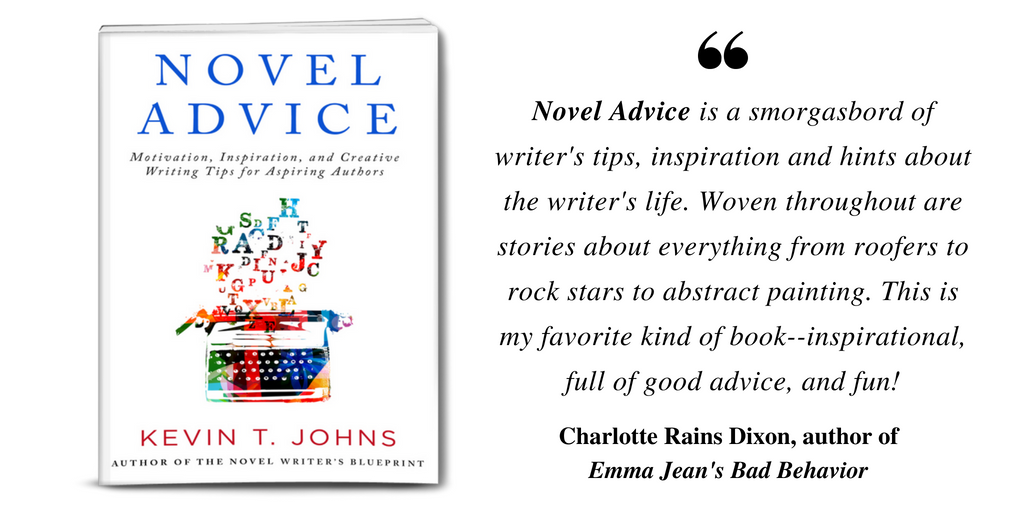Being a fiction author has got to be just about the only profession in the entire world where people honestly believe you can find success by making things up as you go along.
These writers (often the same group who believe success is all about natural talent alone) declare themselves proud “pantsers.”
Their confidence is propped-up by people in the writing instructional world who suggest pantsing is just as effective an approach as planning your story ahead of time based on the fundamental techniques of writer’s craft.
What nonsense.
PLANNERS AND PANTSERS
Would you live in a house designed and built by an architect who has no training in his craft and who made up the design as he went along?
Would you get dental surgery from a surgeon who goes wherever the muse takes him while removing your decaying tooth?
Of course not. Yet by pantsing, you’re building your novel on the same rickety and dangerous foundation.
Is pantsing a valid approach to writing a book? Of course, it is. Stephen King himself claims to be a pantser.
The question I’m more concerned with, however, is if pantsing is as effective an approach as planning ahead, particularly for aspiring authors and writers still early in their career.
As a writing coach who has worked with hundreds of writers, I believe in most cases pantsing is not nearly as effective as planning. One of my biggest concerns with pantsing is that it’s a principle divorced from any accompanying tactics.
PRINCIPLES AND TACTICS
Principles are your overarching strategies and beliefs regarding how best to go about getting something done.
Tactics, on the other hand, are the practical techniques for how you’re actually going to do it.
If you’re a pantser, you’re working under the strategic principle that the story will magically emerge while you write it. The problem is that when things go wrong in the telling, there is no tactic to turn to for help.
If you are making it up as you go along, and you find yourself writing an especially challenging scene, there’s nothing you can do but try harder to make up it as you go along. There is no tactic to employ, just more creative effort.
Planners, on the other hand, understand concepts like story and scene structure. When faced with an especially challenging scene, they can turn to Shawn Coyne’s Five Commandments of Storytelling, James Scott Bell’s LOCK approach to scene structure, or Cathy Yardley’s GMCD method. (More on all three of these approaches can be found here.)
Each of these methods is a unique tactic, a simple and proven way of approaching scene structure that results in effective storytelling. Struggling with a scene? Apply one of these methods to it and your problem will almost certainly be solved. It’s a heck of a lot easier and certainly more effective than just “trying harder.”
THE WRITER’S TOOLBOX
These methods are just three tools in your writer’s craft toolbox. There are hundreds more. By pantsing your way through a novel, you aren’t just ignoring the fundamental techniques of your chosen art form. You’re also robbing yourself of the myriad of tactics that make storytelling easier.
Choose the right principle. Apply the corresponding tactics. Write a great book.
It’s not a simple and easy formula for success, but it’s a lot more effective than sitting down at the computer each day and hoping for the best.
—
Need some help learning the principles and tactics of great storytelling? Book a free consultation call with me today and we can talk about how I can help.
—
Enjoy this article? If so, you’ll love Novel Advice: Motivation, Inspiration, and Creative Writing Tips for Aspiring Authors. Grab a FREE copy by clicking the image below:







